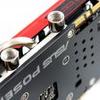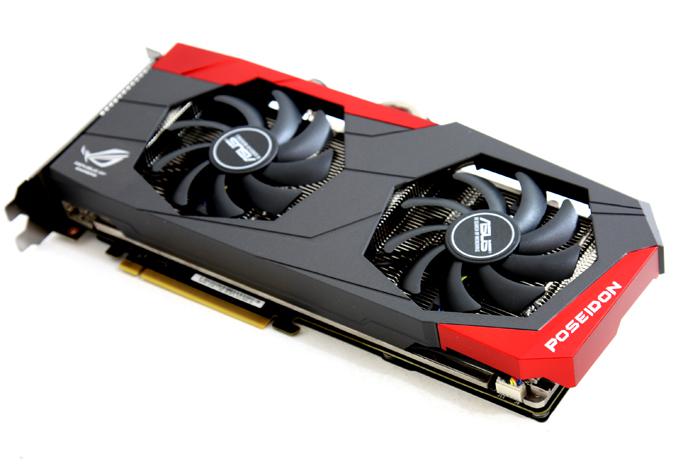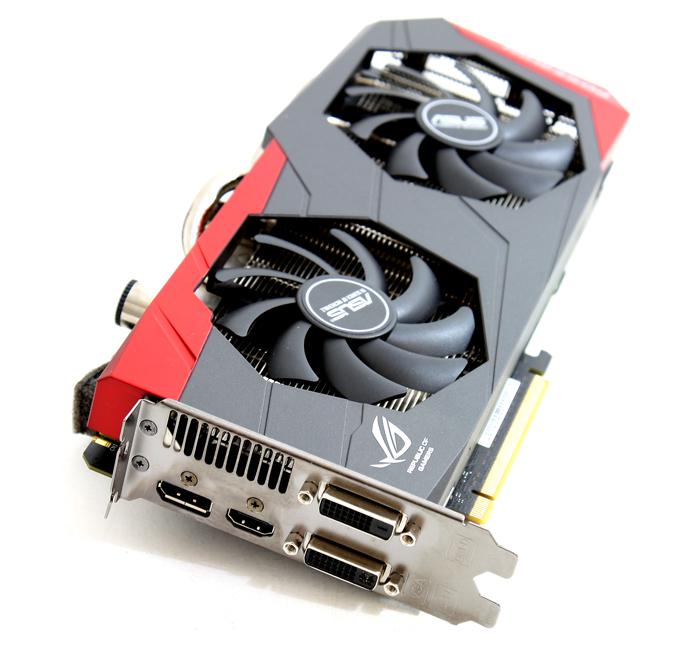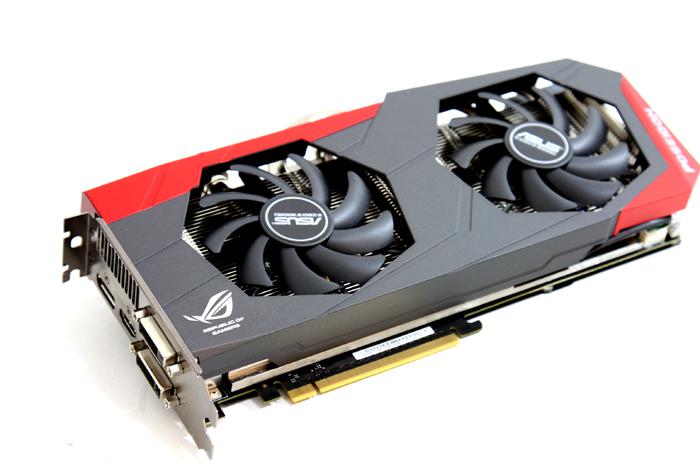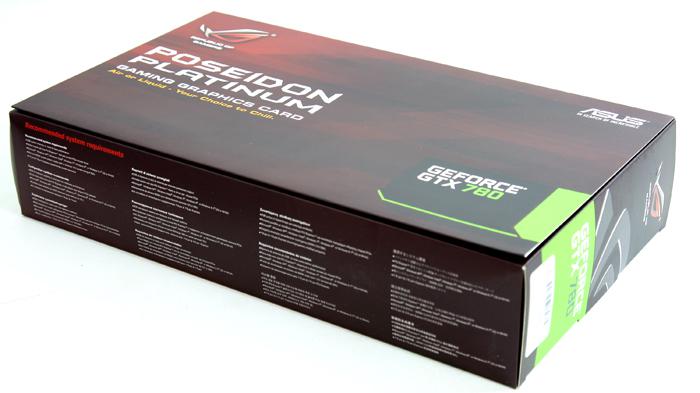Product Showcase
Product Showcase
Let's move onwards to our photo-shoot. Two pages of photos then, and most of it from our own photo-shoot.
Above and below is the card, the ASUS GeForce GTX 780 Poseidon Platinum edition with that DirectCU H20 cooler, the card is a 3GB model. The cooler design is clever, you can pop in the card and have it air-cooled and it still holds temperatures at roughly 70 Degrees C. But at a later stage you could add liquid cooling and that will help chill down that GPU. We measured 45 Degrees C on liquid cooling. However each liquid cooling solution is different, so it is very hard to determine and state an exact temperature once you liquid cool the product yourself. But based on a proper setup, 45~50 Degrees C maximum is something you can achieve without a doubt. The card is give or take 10.5 inches in length which is like 27 cm for those that like and reside in the Metric system.
With the GeForce GTX 780 Ti you will receive four display connectors, you'll spot a full size Display port connector, one full size HDMI connector and two DVI connectors (dual-link). You can combine these connectors to set up a surround view (multi-monitor) setup. One card will give you more than sufficient performance to play your games on three monitors.
ASUS offers this card with 3GB graphics memory, clocked at a factory frequency of 6008 Mhz for you (effective data-rate). We noticed the boost clock passing 1050 MHz. And as our article will show later on, there's room for tweaking as we got this puppy running stable at roughly 1200 MHz on the boost frequency.
This card is factory overclocked and tweaked, as such the maximum power design of it is roughly 240~250 Watts, the card uses one 150W 8-pin PEG, and one 75W 6-pin PEG (PCI Express Graphics) connector.
